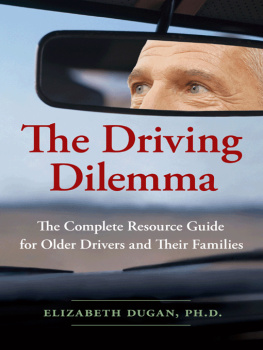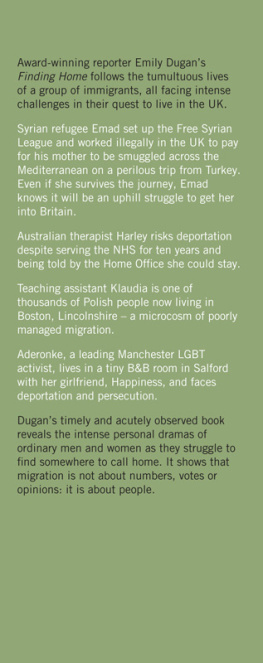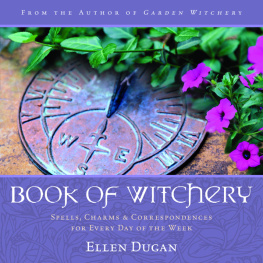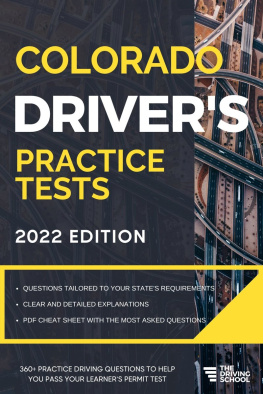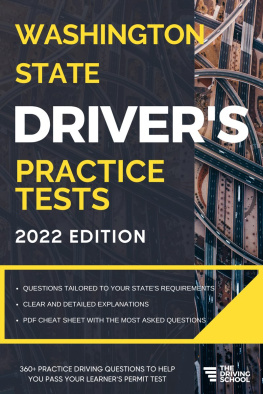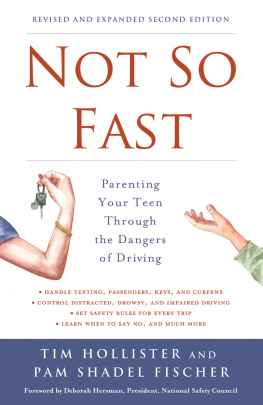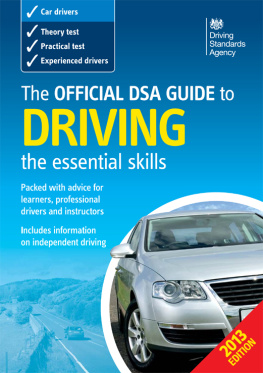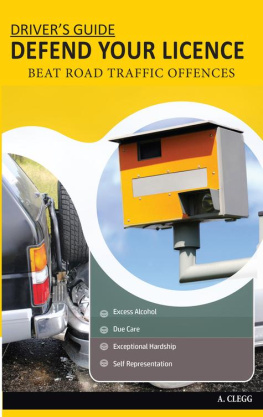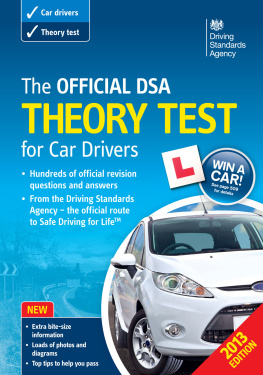Elizabeth Dugan, Ph.D.
T here are many people who helped to make this book a reality. First, I want to express my appreciation for the financial support provided by the Division of Geriatric Medicine at the University of Massachusetts Medical School and the Meyers Primary Care Institute. That generous support gave me the time and resources to write this. I am grateful for the support and guidance of my division chief, Dr. Jerry Gurwitz.
I count myself fortunate to be a member of a very talented research team. I thank Vanessa Meterko for outstanding research assistance. In the early days of the project, Vanessa helped me think through the outline, conducted extensive background research, and even provided advice on what music would make me more productive. I thank Katie Dodd for her excellent research assistance. Katie tackled the daunting task of finding and compiling the information in the appendices. Her exceptional analytical skills, diligence, and energy made the project much easier. I appreciate Joann Barils meticulous assistance with proofreading the manuscript, and thank Sherri Epstein for helping to compile and verify the state-level licensing regulations. Sherri provided important administrative and software assistance, too. The entire team carefully read draft after draft and provided constructive feedback.
I appreciate the help of Harry Margolis, J.D., and Alan Dodd, J.D., who tutored me in legal and state regulatory issues. I am indebted to many friends and colleagues who read chapters for content and clinical accuracy. I especially thank Dr. Sarah McGee, the director of education in the Division of Geriatric Medicine; Dr. Leslie Harrold, from the Meyers Primary Care Institute and the University of Massachusetts Medical School Division of Rheumatology; and Dr. Petra Flock from the Division of Geriatric Medicine.
I want to thank Dr. Tom Perls and JaeMi Pennington from the Boston University School of Medicine New England Centenarian Study for connecting me with several of their inspiring study participants. I count those conversations among my career highlights.
I am especially grateful to two experienced authors who advised me throughout the process. Stephen R. Braun, an award-winning author from Amherst, Massachusetts, provided mentoring and editing; right from the start, he encouraged me to pursue the project and deserves special thanks for thinking of the title. Jeannine Johnson, Ph.D., from the Harvard College Expository Writing Program was a great support. Despite teaching, administering a writing center, and writing her own book ( Why Write Poetry ), she gladly shared her wit, words, and warm encouragement. She deserves special thanks for helping me to make Chapter 3 understandable. Both Steve and Jeannine read every word of every draft and patiently taught me how to transform my tired academic jargon into more engaging text. The book is much better because of them; any errors or problems that remain in the text are mine, of course.
I thank my editor at HarperCollins, Toni Sciarra, for her patience, guidance, and skill. Thanks also to Anne Cole, Shelby Meizlik, and all of the folks at HarperCollins for their contributions. In addition, I want to acknowledge and thank my agent, Jeff Kleinman, of Folio Literary Management. Jeff immediately recognized the importance of the topic and has been an energetic and effective champion of the project. The book would not have happened without him.
Many excellent sources were reviewed to develop this book; however, due to space constraints not all could be included in the final text. Please check www.drivingdilemma.com for additional, updated information. Readers should know that, when appropriate, I changed a name or minor details in a case to protect an individuals privacy.
It is impossible to fully articulate my thanks to everyone who so honestly shared driving stories, worries, failures, and successes. I remain indebted to you and even more committed to working to improve the situation.
Finally, I thank my family for their love and supportyou are the greatest.
E ven though I am a baby boomer who affectionately calls my mother Crash, I should admit that she wasnt the inspiration for this book. Ironically, it wasnt until I was nearly finished with this project that my mother unwittingly became an example of the kind of accident that is becoming more and more common as our population ages: an older person, driving on a weekday, close to home, involved in a collision while making a left turn. Fortunately, no one was hurt in the accident, but it sure was a wake-up call for my family. After more than 50 years of accident-free driving, my mother provided an unwanted and all-too-personal case study with which to illustrate the problem facing older drivers and their family members.
One good thing to come out of my mothers accident is that I can personally attest that the steps outlined in this book work. Its no longer just an interesting topic of research for me. After her accident, my mother, my siblings, and I assessed the situation, talked over the issues that could compromise my mothers driving safety, and worked together to create a plan that works for us. The information and strategies I present can help anybody, whether youre an older adult concerned about your own driving or if youre worried about a loved one. The dilemma of figuring out if an older driver is safe and, if not, what can be done about it is common and vexing. Until now, the information you need to make sense of this situation hasnt been readily available. The research-based approach described in this book is clear, straight forward, and effective. By following these guidelines, you can not only improve the safety of an older driver, but you can also avoid the emotional land mines that can be as devastating to a family as an actual accident.
In researching this topic, Ive been touched by the expressions of love, respect, and concern made by spouses or adult children for an older person whos struggling to drive safely. Ive also been heartened and encouraged by the older adults Ive interviewed who have faced the dilemma squarely and, whether they are driving or not, have found solutions that work in their own lives. Dont be misledconfronting a driving problem (or a potential problem) isnt easy or pleasant for anybodybut by reading this book, you can gain the knowledge, skills, and confidence you need to tackle a difficult family issue with grace.
The Age Wave
Its no secret that the proportion of older adults in the population is increasing. This age wave is caused by unparalleled medical and public health achievements. It is amazing to realize that never before in human history have most people in developed countries lived to old age. I hope you appreciate what an incredible development this ison average we have an extra two or three decades of life compared to people who lived just 100 years ago. Gerontologists expect that older people will continue to make up an increasingly large part of the population. For example, data from the U.S. Census indicate that every day in 2005 about 6,000 Americans turned 65, but by 2015, more than 10,000 people will turn 65 each day. The overwhelming majority of these seniors will be driving. In fact, the number of licensed older drivers is expected to more than double in the next twenty years. It wont be long before one out of four drivers will be age 65 or older. Currently, about half of all women and 80% of men aged 85 and older still drive.

